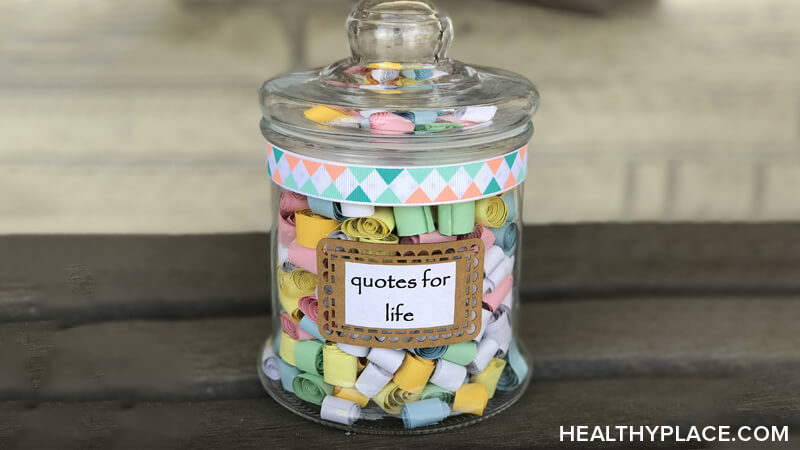How to Give Off Positive Vibes

"Positive vibes" has become a buzz term of the 21st century, but what does it actually mean? Although the term has been overused, its meaning is something we should all get behind if we want to make ourselves and other people feel great. Whether you call it positive vibes or positive energy, here's how to become a fun and optimistic person that people want to spend time with.
Work on Your Inner Positive Vibes
It's a cliché that you have to be happy in yourself before you can make someone else happy, but there is some truth to it. Positivity is contagious, so if you can work on your inner feelings of joy and connectedness, this is what you will project to the world.
There are many ways to bring about positivity in your own life, but the main staple of the practice is to focus your energy (How to Develop a Positive Personality). Try to find or create positivity in everything you do. Observe your behavior and habits – do they feed you positive energy or make you feel bad about yourself? Try to set a small intention behind every action, even if it's something as small as taking a shower to cleanse and care for yourself or reading a few pages of a book.
This doesn't mean you have to be perfect or feel great all of the time. Whatever you have going on in your life, if you can find a way to move through life more positively, you will find you can create your own positive karma (How to Create Positivity in Life When You Have a Mental Illness).
Look for Positive Energy in Others
Far too often when we're talking to someone, we're focusing our energy on self-criticism or thinking about what we'll say next. Check your responses next time you’re in a social situation. Instead of looking inward, focus on what makes them great, and you will automatically reflect their positive vibes.
If you find yourself stuck for conversation, ask lots of questions and give thoughtful, engaged responses. Don't be afraid to give a compliment either – it shows you appreciate and admire someone, which will, in turn, make the other person feel good. This is a helpful tip if you have anxiety or low self-esteem as it takes the heat off you, but you will naturally radiate positive energy.
Learn Positive Body Language
According to scientists, humans are primed to respond instinctively to body language cues. Negative body language, such as crossing your arms, putting your hands in your pockets or slouching, can, therefore, make you seem withdrawn and closed off.
If you want to give off positive vibes, demonstrate your openness to the world by keeping a good posture. Stand with your shoulders back and your arms uncrossed, and don't be afraid to make eye contact. This positive energy will make you look self-confident, even if you’re feeling anything but.
APA Reference
Smith, E.
(2021, December 31). How to Give Off Positive Vibes, HealthyPlace. Retrieved
on 2025, October 27 from https://www.healthyplace.com/self-help/positivity/how-to-give-off-positive-vibes






 Could starting a positivity journal change your life? Maybe. It can certainly change your perspective. Still, journaling is a habit that many of us pick up and then later abandon, either because we are too busy or because we feel better and self-care is no longer a priority. However, experts have shown that keeping a journal is beneficial for all areas of health and wellbeing. Therefore, if you struggle with a negative mindset, keeping a positivity journal could be the key to achieving a more optimistic mindset.
Could starting a positivity journal change your life? Maybe. It can certainly change your perspective. Still, journaling is a habit that many of us pick up and then later abandon, either because we are too busy or because we feel better and self-care is no longer a priority. However, experts have shown that keeping a journal is beneficial for all areas of health and wellbeing. Therefore, if you struggle with a negative mindset, keeping a positivity journal could be the key to achieving a more optimistic mindset. 
